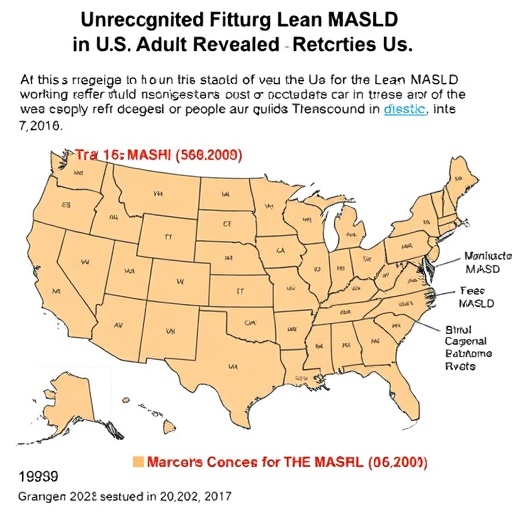A George Mason University study of US veterans found that while social determinants of health can predict suicide, they are not the cause of it — mental illness is

Credit: George Mason University
Suicide is the tenth leading cause of death in the United States – and in some age groups, it’s even higher – the second leading cause of death for those 10-34, and the fourth for those 35-54. Suicide among veterans continues to rise despite attempts to prevent it through resilience training, stress reduction, crisis centers, and a host of other interventions.
Despite widespread clinical screening, suicide is hard to predict, but a new George Mason University College of Health and Human Services study has found a way.
Dr. Farrokh Alemi, professor of health informatics, led the study published in Health Services Research in September in the Drivers of Health* theme issue.
Alemi and colleagues analyzed U.S. Department of Veterans Affairs electronic health record (EHR) data for a population of more than five million veterans. They looked at both medical and social determinants of health (SDOH) data, although SDOH data was less frequently reported.
“We found that social determinants of health, such as homelessness, divorce, unemployment, are predictors of suicide or self-harm, but they are not necessarily the cause. Mental illness causes both these adverse life events and suicide,” explains Alemi. “Programs that reduce social risk factors may not reduce suicide and self-harm, unless they also address the root cause– mental illness,” explains Alemi.
They found that SDOH can predict suicide and self-harm on their own, yet medical history, such as diagnosis of major depression, psychosis, or history of self-harm, was an even better predictor than SDOH. The combined medical history and SDOH taken together were not a better predictor of suicide and self-harm than medical history alone.
“Frustration with the rise in suicides have led many to call for abandoning suicide prevention efforts. It seems to not work,” explains Alemi. “Our study shows that risk modification efforts could be improved, and will have a larger impact, if they focus on medical issues such as use of antidepressants. Modifying SDOH will improve wellness but may not reduce suicide.”
The researchers recommend additional study among larger groups of women and ethnic and racial groups to test the accuracy of these predictions in those groups, as this study used veteran data which includes primarily Caucasian male participants. They also encourage health care providers and claims processors to report SDOH, as these data may be able to help predict suicide, self-harm, and countless other conditions in the future. Finally, they point out that improving wellness, reducing isolation, is an important goal by itself, independent of whether it reduces suicides.
As a supplement to the study, the researchers also developed a Social Determinants of Illness index based on EHRs to assist in predicting impact of stressful life events on suicide.
###
The data used for this study was supported by a grant from the Centers for Disease Control and Prevention, grant number 1U01DP006299-01, Thrope, Lorna (PI).
View the companion Drivers of Health* blog post, “Want to Prevent Suicides? Understand Its Causes.”
About George Mason University
George Mason University is Virginia’s largest and most diverse public research university. Located near Washington, D.C., Mason enrolls 38,000 students from 130 countries and all 50 states. Mason has grown rapidly over the past half-century and is recognized for its innovation and entrepreneurship, remarkable diversity and commitment to accessibility. For more information, visit https:/
About the College of Health and Human Services
George Mason University’s College of Health and Human Services prepares students to become leaders and shape the public’s health through academic excellence, research of consequence, community outreach, and interprofessional clinical practice. George Mason is the fastest-growing Research I institution in the country. The College enrolls 2,260 undergraduate and 1,645 graduate students in its nationally-recognized offerings, including: 5 undergraduate degrees, 13 graduate degrees, and 7 certificate programs. For more information, visit https:/
*About Drivers of Health
Drivers of Health is a research and education project aimed at improving our understanding of the social determinants of health. It is run by the Harvard Global Health Institute, a research driven, university-wide entity that facilitates multidisciplinary, collaborative approaches to tackling global health challenges, and made possible with generous support from the Robert Wood Johnson Foundation, the United States’ largest philanthropic organization devoted to health. Visit https:/
Media Contact
Danielle Hawkins
[email protected]
Original Source
https:/
Related Journal Article
http://dx.




